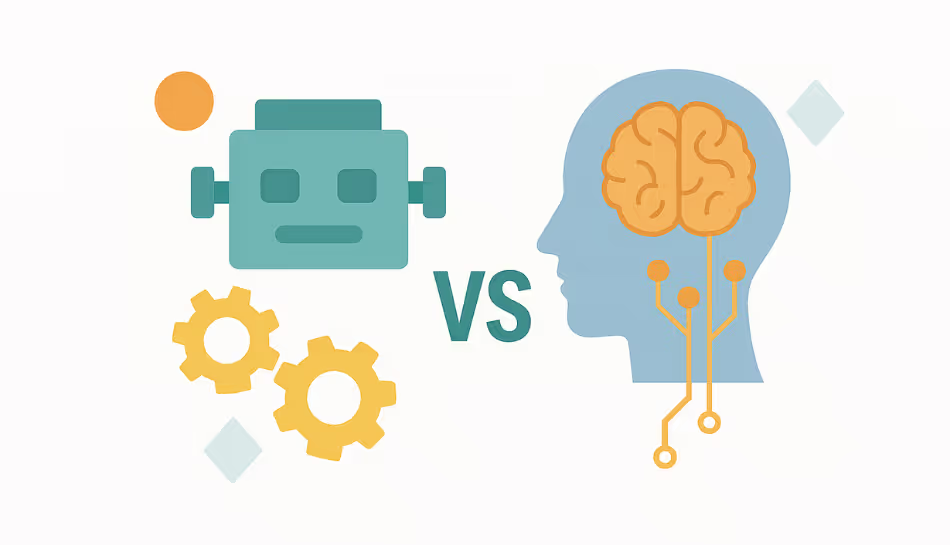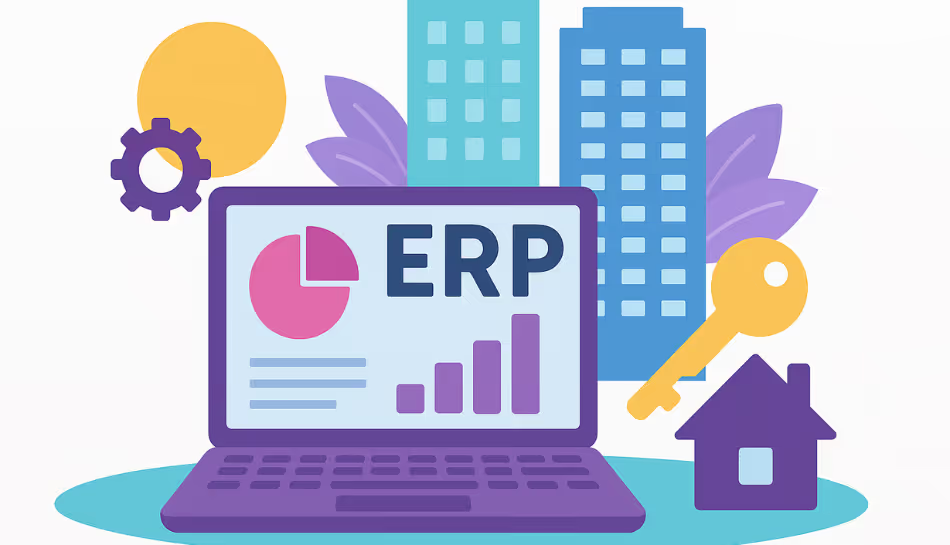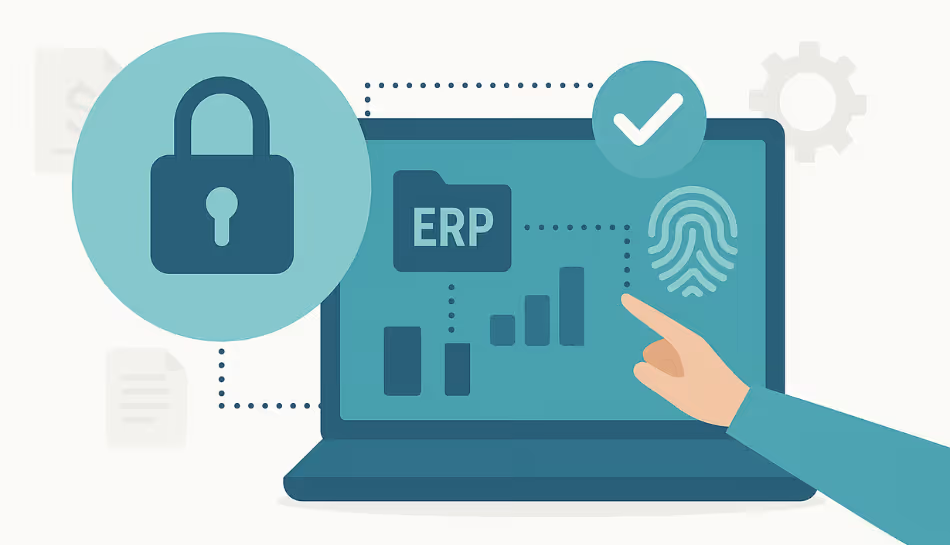In today’s digital world, words like "AI" and "Generative AI" are used everywhere. But what exactly do they mean? Are they the same? Not quite. Let’s break it down in the simplest way possible so anyone, whether you're tech-savvy or not, can understand.
What is AI (Artificial Intelligence)?
AI, or Artificial Intelligence, refers to machines designed to think, learn, and make decisions, much like a human would. It’s all about creating systems that can process information, identify patterns, and perform tasks that would normally require human intelligence.
You come across AI every day, even if you don’t realize it. Some common examples include:
- Voice assistants like Alexa or Siri
- Email spam filters
- Movie and shopping recommendations
- Traffic updates on your navigation apps
- Face recognition in your phone’s gallery
These tools are using AI to help make your life more convenient and efficient.
What is Generative AI?
Generative AI is a type of AI that focuses on creating content. That means it doesn’t just analyze or process existing data — it actually produces new text, images, code, audio, and even video.
Some of the most well-known examples include ChatGPT, DALL·E, and other AI models that can write stories, create artworks, or generate business reports.
While traditional AI might sort your photos or predict weather, generative AI can write a blog post, design a logo, or come up with a marketing email — all based on your instructions.
The Core Difference Between AI and Generative AI
AI is a broad term that includes any machine capable of learning or problem-solving. It focuses on making decisions, recognizing speech or images, recommending content, and automating tasks.
Generative AI, on the other hand, is a specialized type of AI that goes a step further by actually producing new content. It learns from existing data, then uses that knowledge to create something original — like a new image, document, or even software code.
So while all generative AI is AI, not all AI is generative.
Real-Life Applications of AI
AI is already a major part of daily life. Some everyday uses include:
- Virtual assistants that understand voice commands
- Email and message sorting
- Personalized product suggestions
- Smart home systems
- Fraud detection in banking
Businesses use AI for analyzing customer data, automating inventory, improving service, and making better decisions faster.
Real-Life Applications of Generative AI
Generative AI is being used to:
- Draft emails, documents, and blogs
- Design visual content for websites and social media
- Generate code for software development
- Create music, voiceovers, and videos
- Simulate conversations or provide customer support
It's helping people and businesses be more creative, faster, and more efficient — especially when time or resources are limited.
What the Future Holds
AI is no longer something to expect in the distant future. It’s already here, and it’s transforming how we live and work. As businesses and industries grow more dependent on data and speed, the role of AI will only become more important.
Generative AI will drive innovation, offering tools that help us create, design, and build faster than ever before.
Whether you’re a student, entrepreneur, or manager, understanding AI and generative AI can help you adapt to the future and use technology to your advantage.
Final Thoughts
AI is the science of making machines smart. Generative AI is the art of making machines creative.
AI helps machines solve problems. Generative AI helps them create new ideas, images, words, and more.
Both are powerful. Both are growing fast. And both are shaping a world where technology works hand-in-hand with human creativity and decision-making.



